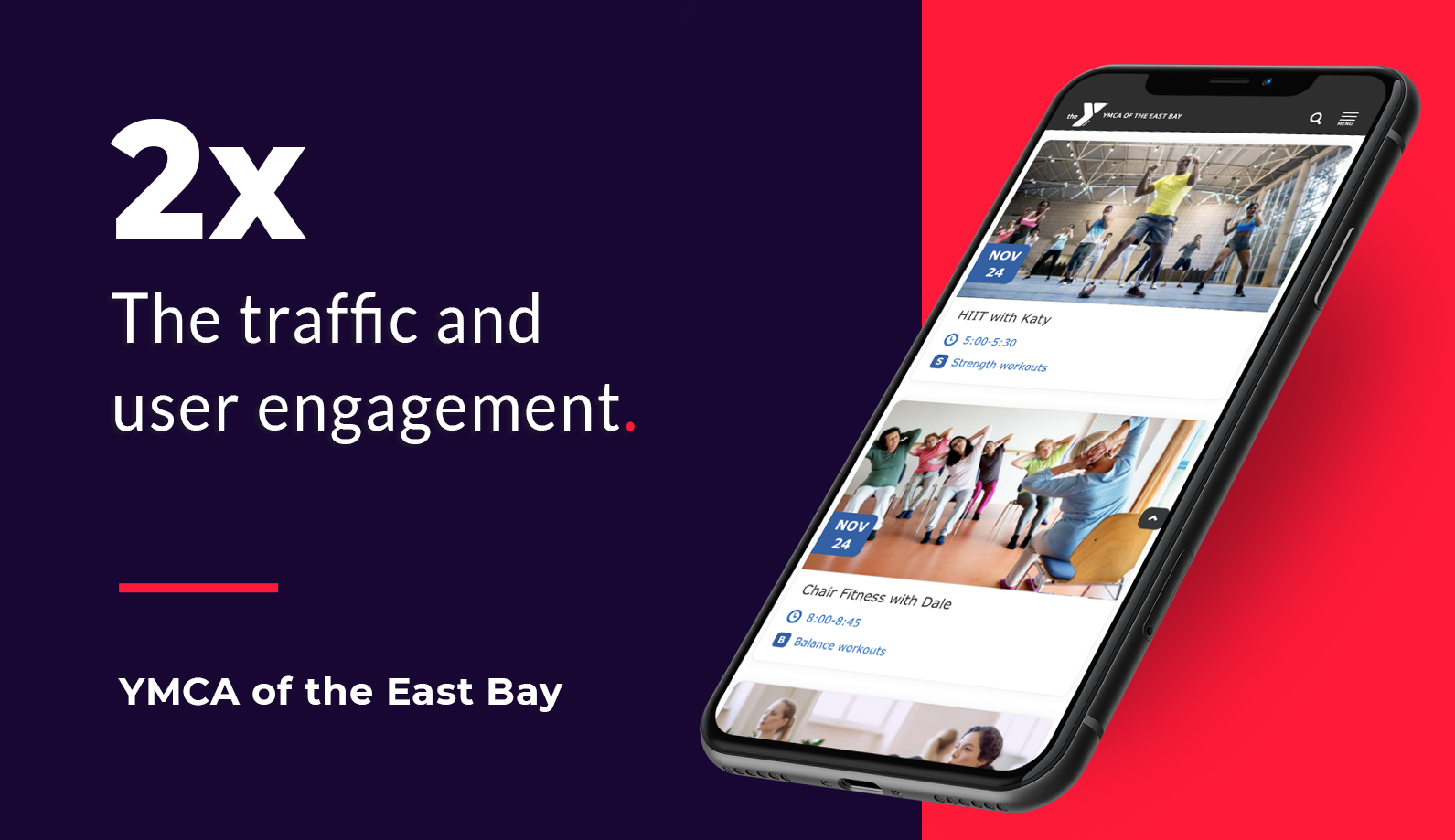Smart Content Curation for Your Nonprofit Website
If you’re anything like most nonprofit marketing leaders, you have more to-do list items than time to complete them all. From creating drip campaigns to planning events to responding to countless requests for new collateral, your plate is well and truly full.
You know your website needs to be populated with fresh, engaging content. But with your existing bandwidth, there’s no way you can create everything you need from scratch. It can feel impossible just to find time to create an editorial calendar, right? Let alone develop compelling blog posts, shoot and produce interesting videos, and create slick infographics to distill information into bite-sized nuggets.
It’s ok. You can still make your website the content-rich reservoir you want it to be — even without a full-time writer, video production guru, and in-house designer at your beck and call.
How? Smart content curation is the answer.
It’s not effortless, but it is doable. Here are three benefits of developing a digital content curation strategy — and five quick tips to help you get started.
3 Benefits of Employing a Smart Content Curation Strategy
We’ve said it before, and we’ll say it again. Bill Gates was right all those years ago when he said “content is king.” Content drives most of the revenue on the internet. And it’s the foundation for a personalized, high-quality user experience. Compelling content will help your nonprofit organization raise awareness of your mission, inspire increased donations, and attract new members.
So what exactly is content curation? Simply put, it’s the process of gathering content that is relevant to your target audiences and sharing it on your site (with appropriate attribution, of course). You can select content from a wide range of sources on topics that matter to your audience.
Relevant, Timely Content Reinforces Your Credibility and Draws Supporters In
By curating fresh, relevant information about your cause, you establish yourself as an authority in your area of expertise. Furthermore, you reinforce your organization’s role in making the world a better place.
What are some tangible examples of what we mean?
- Your local YMCA might pull in content from area news sources about ways the community is combating gender inequality.
- A food bank might share a YouTube video that delves into the pervasive issue of food deserts in our country and the world.
- A nonprofit focused on providing affordable childcare might link to a popular podcast that discusses the challenges parents face balancing work and family.
But it’s not enough just to share existing content. In order to provide context — and further solidify your organization as a thought leader in your own right — develop a 150-200 word “Why This Matters” introduction to each piece. Don’t overthink it. Simply share your point of view on why you feel the content is worthwhile for the user and why you’re sharing it.
Content Curation Improves Your Website’s SEO
Curating content boosts your website’s visibility and search engine optimization (SEO). We all know Google’s job is to deliver searchers well-matched results based on their query. And most people understand how crucial it is to infuse their website with keywords. But did you realize that using credible external links within your own site can also boost your search visibility?
As Google and other search engines crawl the internet to find helpful information, they rank and index websites based on the useful, valuable content they find. So if you can’t create that useful content on your own, curation can help.

Shrewd Content Curation Opens Up A Variety of Content Modalities
Creating new, original content across all modalities and media types is impossible for most nonprofit organizations. Who has the resources to create frequent videos, write weekly blog posts, host a podcast, produce a documentary, or write an exposé on societal injustice?
The good news? Other people have done the hard work. Content curation allows you to reap the benefits of their labors (again, always with appropriate attribution).
For example, if you’re a homeless shelter, you’re on a bootstrap budget and concerned primarily about meeting the needs of the people who come to you for help every day. You simply don’t have three months to research and produce a video telling the story of a homeless camp in Oakland, CA the way The New York Times did.
But you could include that piece in your website’s content curation strategy, write an introduction to it, and send it to your donors via email. Furthermore, you could share it on social media. This allows you to weigh in on a subject that matters to you and your audience, make use of an extremely well-done, expensive piece of content in multiple channels, and maybe even boost your fundraising efforts in the process.
5 Tips to Help You Start Curating Content Right Away
Now that you understand what content curation is and how it will benefit your site, how do you actually pull it off? After all, you don’t have time to constantly search the web for quality content that will be relevant to your audience.
These five tips will help you get started:
Set up Google Alerts on keywords that matter to your organization. Have those alerts delivered to a content curation email address that you can manage separately from your day-to-day work.

Example Google Alert - Use RSS Feeds. RSS feeds pull all the content from a particular source or group of sources into one easily scannable, scrollable list on a daily basis. Set up an internal, non-public webpage to serve as the repository for one or more RSS feeds. Even Google Alerts can be set up as an RSS feed.
- Assign Content Topics to Your Colleagues. Within Drupal or your organization’s Content Management System (CMS), create rules, tags, and categories to assign content to other subject matter experts within your organization. That way they can serve as the content curators for specific topics. They will receive notifications when new content within their area is available for review and curation.
- Develop a Dashboard to Monitor Progress. Over time, involve more and more subject matter experts in the content curation process. Set up a dashboard within your CMS to monitor all the moving parts. This will give you at-a-glance insight into what new pieces of content are available, which ones are being reviewed, who they are assigned to, and what needs further action.
- Create Automated Workflows so your individual content curators can submit what they’ve worked on to a moderator. Have that person review it, make sure brand guidelines are followed, optimize the content for SEO, and publish and share it.
Make Content a Priority for Your Nonprofit Website
Developing a smart content marketing strategy is imperative if you want your website to meet your nonprofit organization’s goals. Good content will help you raise awareness for your cause and bring more members and donors into the fold. And content curation is an excellent way to get started.
If you still feel uncertain about how to proceed, you might want to engage an expert external partner to help. Together, you can take a careful look at your current content, identify gaps and opportunities, and put together a winning strategy.
It’s time to make your website the useful tool it needs to be. Ready to learn more? We’d love to hear from you and help you discover what’s possible.







